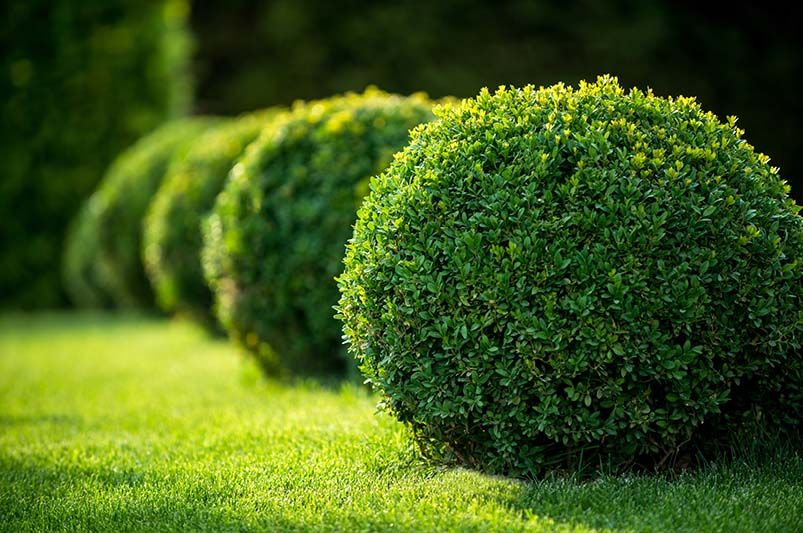
3 things every home gardener should know about fall planting
Published: 01/09/2024 | Updated: 28/08/2024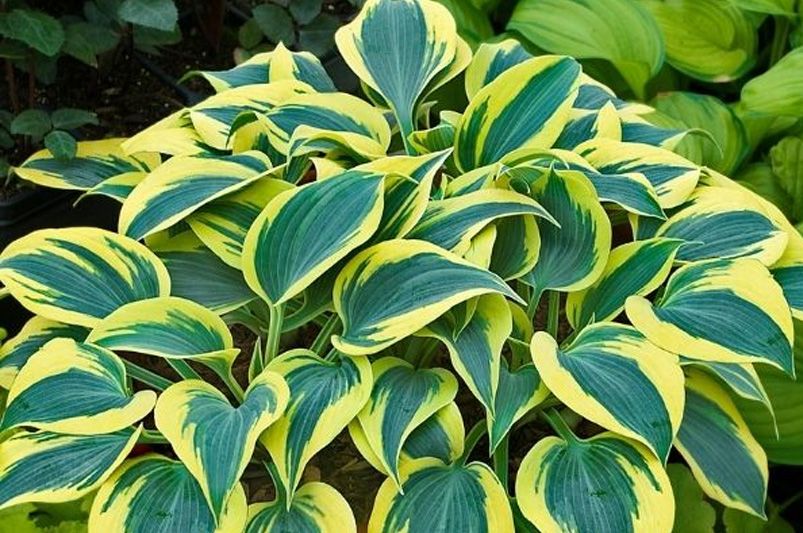
3 Things Every Home Gardener Should Know About Fall Planting
Fall is a pivotal time for home gardeners, offering a unique opportunity to set the stage for a vibrant and thriving garden in the coming seasons. As the temperatures cool and the days grow shorter, fall planting allows you to prepare your garden for spring and enhance its health and beauty. By strategically planting in the fall, you can take advantage of favorable growing conditions and give your plants a head start for the next growing season.


Whether you're an experienced gardener or just starting out, understanding the essentials of fall planting can help you make the most of this important gardening period. From timing and soil preparation to choosing the right plants and providing proper care, there are key factors that every home gardener should consider to ensure success.
Our blog is a valuable resource, offering expert insights, practical recommendations, and inspiration for all your gardening needs. Explore our weekly blog articles for more information on fall planting and other gardening topics to help you create a beautiful and thriving outdoor space.
1: Timing and Soil Preparation
Best Time to Start Fall Planting
Timing is crucial when it comes to fall planting. The best time to start is typically late summer to early fall, when the soil is still warm from the summer but the air temperature begins to cool down. This allows plants to establish their root systems before the ground freezes. Aim to plant at least 6 to 8 weeks before the first expected frost in your area. This gives your plants ample time to acclimate and develop strong roots before winter.
Preparing the Soil for Fall Planting
Soil preparation is a critical step to ensure successful fall planting. Begin by cleaning your garden beds of any debris, weeds, and old plant material. This helps prevent the spread of diseases and pests. Next, enrich the soil with organic matter such as compost or well-rotted manure. This improves soil structure, fertility, and moisture retention, providing a better environment for your new plants.
Testing the soil is also important. A soil test can reveal pH levels and nutrient deficiencies, allowing you to amend the soil accordingly. Most fall-planted plants thrive in well-drained, fertile soil, so consider adding any necessary amendments to balance the soil’s pH and nutrient content.
Importance of Soil Temperature and Moisture Levels
Soil temperature and moisture levels play a significant role in the success of fall planting. Ideally, the soil should be cool but not too cold, and consistently moist but not waterlogged. Soil that is too warm can encourage premature growth, while soil that is too cold can hinder root development. Ensure your soil is well-drained to prevent water from pooling around the roots, which can lead to rot.
By paying attention to the timing, soil preparation, and moisture levels, you can create an optimal environment for your fall-planted garden. Proper preparation sets the foundation for healthy plants that will flourish in the spring.
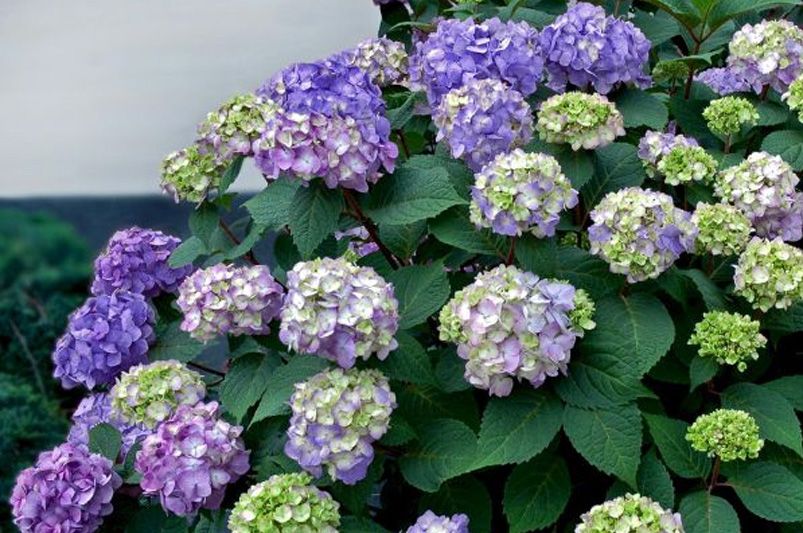
2: Choosing the Right Plants
Types of Plants That Thrive When Planted in the Fall
Fall is an excellent time to plant a variety of plants that benefit from the cooler weather and ample moisture. Some plants that thrive when planted in the fall include:
- Bulbs: Spring-flowering bulbs such as tulips, daffodils, and hyacinths are ideal for fall planting. Planting these bulbs in the fall allows them to establish roots before the ground freezes, leading to vibrant blooms in the spring.
- Perennials: Many perennials, including hostas, daylilies, and coneflowers, can be successfully planted in the fall. These plants benefit from the extended growing period and have time to establish themselves before winter.
- Shrubs: Fall is also a good time to plant shrubs like azaleas, hydrangeas, and boxwoods. These shrubs will develop strong root systems over the winter, leading to robust growth and better performance in the spring.
How to Select Plants Based on Your Climate and Soil Conditions
When choosing plants for fall planting, it’s important to consider your local climate and soil conditions. Select plants that are well-suited to your USDA hardiness zone and can tolerate the temperatures and weather conditions typical of your region. Additionally, choose plants that match your soil type, whether it’s sandy, clay, or loamy. Understanding these factors will help ensure that your plants adapt well to their new environment and thrive throughout the seasons.
By carefully selecting plants that are suited to fall planting and considering their specific needs, you can ensure that your garden will be well-prepared for a beautiful and productive growing season in the spring.
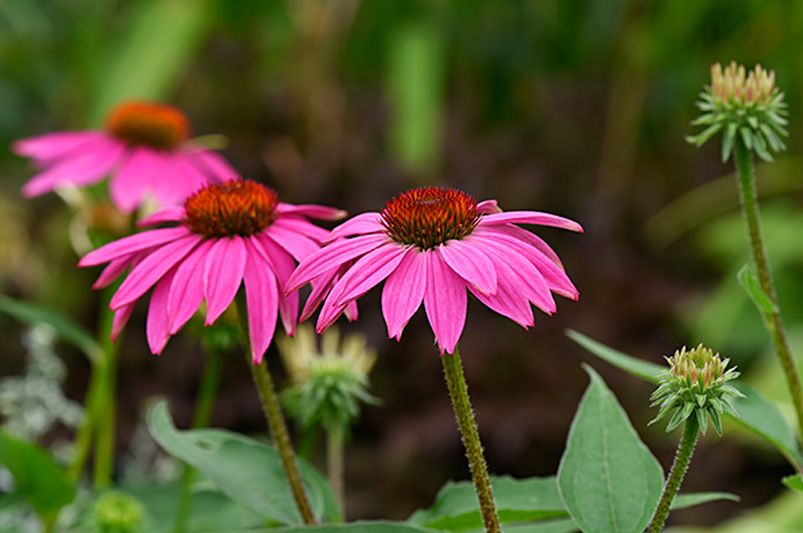
3: Care and Maintenance
Essential Care Practices for Fall-Planted Gardens
Once you’ve planted your garden in the fall, maintaining proper care is essential for ensuring the health and success of your plants. Here are some key care practices:
-
Watering: Continue to water your newly planted garden regularly, even as temperatures drop. Fall rains often aren’t sufficient to keep the soil adequately moist. Ensure the soil remains moist but not waterlogged, as consistent moisture helps plants establish strong roots before winter.
-
Weeding: Keep weeds under control, as they can compete with your new plants for nutrients and water. Remove weeds promptly to give your plants the best chance to thrive.
-
Fertilizing: Avoid heavy fertilization in the fall, as this can encourage new growth that may be damaged by frost. Instead, focus on providing a balanced, slow-release fertilizer if necessary, to help plants establish roots without stimulating excessive top growth.
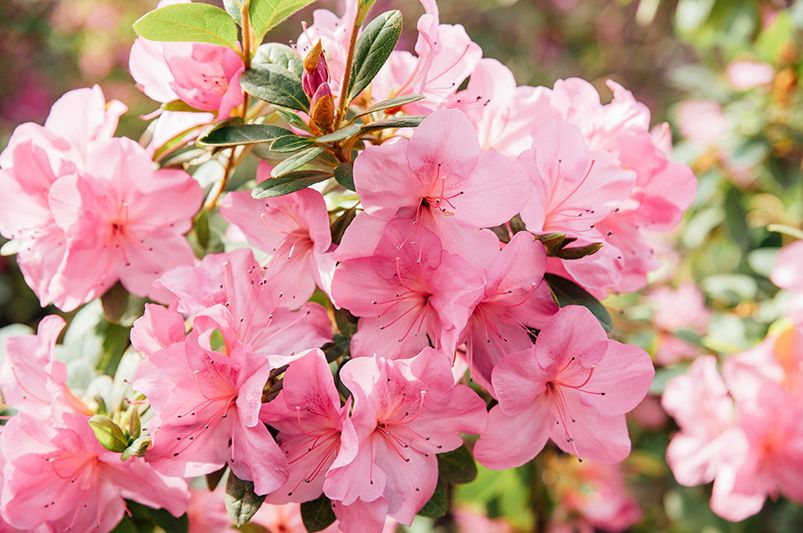
How to Protect New Plants from Frost and Extreme Weather
Protecting your fall-planted garden from frost and extreme weather is crucial for ensuring that your plants survive the winter and flourish in the spring. Consider these protection strategies:
-
Frost Covers: Use frost blankets or garden fabric to cover tender plants during unexpected cold snaps. These covers trap heat and protect plants from frost damage.
-
Mulching: Apply a generous layer of mulch around the base of your plants. Mulch acts as an insulating barrier, helping to regulate soil temperature and protect roots from freezing.
-
Windbreaks: In areas prone to strong winter winds, consider installing windbreaks or using physical barriers to shield your plants. This helps reduce wind chill and prevent damage.
Preparing Your Garden for Winter
Preparing your garden for winter involves several steps to ensure that your plants remain healthy and ready to thrive when spring arrives:
-
Cleaning Up: Remove any dead plant material, leaves, and debris from garden beds. This helps prevent diseases and pests from overwintering in your garden.
-
Soil Preparation: If you haven’t already, incorporate organic matter into the soil to improve its structure and fertility. This also helps the soil retain moisture and nutrients throughout the winter.
-
Plant Protection: For plants that need extra protection, consider applying a layer of compost or straw over the soil. This helps insulate the roots and provides additional nutrients as the compost decomposes.
By following these care and maintenance practices, you can help your fall-planted garden thrive through the winter and ensure a successful growing season when spring arrives.
